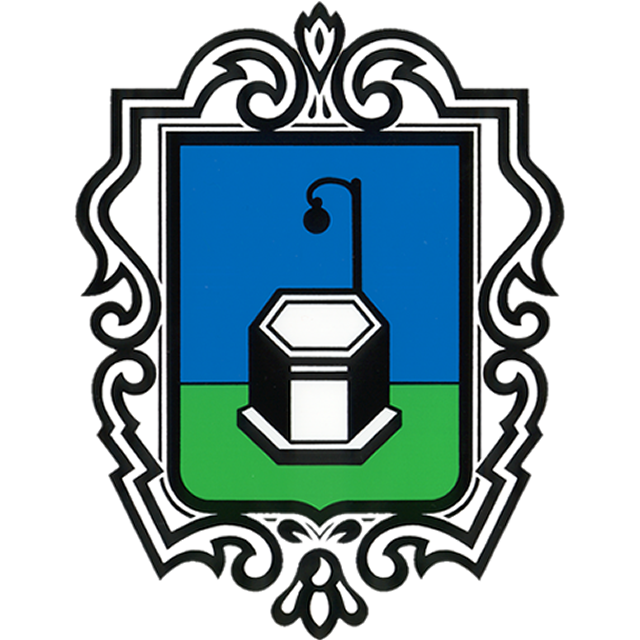The Rural House
In the peasant house life revolved around the kitchen, an environment in which all the members of the family gathered. In winter, we gathered in the stables warm with animal heat.
On the ground floor, the large kitchen with the fireplace always on.
The typical local cuisine has been rebuilt with the fireplace from whose hood hangs a chain equipped with a hook for the copper cauldron for cooking polenta, the main daily food. Next to the hearth at the furnasèli (the stove), in brick, where the charcoal burned and to cook or heat seasonings and sauces. In one corner, the bucket with water drawn from the well and a simple bucket, made from a single block of stone. Branches, tableware and cooking utensils are lined on the shelves and shelves. The furnishing is completed by the grama (the gramola), which mixed large doughs of flour and water to make bread in firm and compact loaves.
And the loom room ...
The loom, in the hills, was used for the domestic production of canvas to make clothing, sheets or linen for one's own use and for the dotal outfit, thick canvas for flour sacks or tarpaulins to cover the wagon platform. In a display case the necessary to sew, mend, embroider, make lace.
Upstairs are the bedrooms, often insufficient for the large family.
This section displays the bedroom of the village blacksmith. Here are the tools for heating the bed (priest, nun, bed warmer) and for personal hygiene, as well as clothing and outfit items.
Under the house, partially or totally underground, the cellar.
In the countryside, the cellar was above all the site of wine, but also hams, salami, cheeses, jams were kept in the cool ... Wine was at the same time a drink and an energetic food. So the crusher, vat, barrels, bigonci, pevera, demijohns, wine press and many other tools to transform grapes into wine, "that at least half a castellato (about 4 quintals) had to be bought". Wine is a must!
Under the house with the opening downstream or in an adjacent building, the stable.
The stable housed the wealth of the farm: oxen, steers, cows, cows, calves: in dialect to bèsti (the beasts, the cattle). Dear to the farmer also because oxen and cows alleviated his effort in the fields. They hauled wagons loaded with sheaves, manure and wood and were indispensable for plowing. Rebuilt in two posts of the old stable, in one is kept everything needed to take care of the cattle and to yoke it, in the other the tools used in winter, in the countryside, when you were gathered to wake in the warm animal heat stables .
We talked and worked: making baskets, spinning wool, making socks, grinding, braiding wheat straw to make hats and shopping bags were frequent activities.

